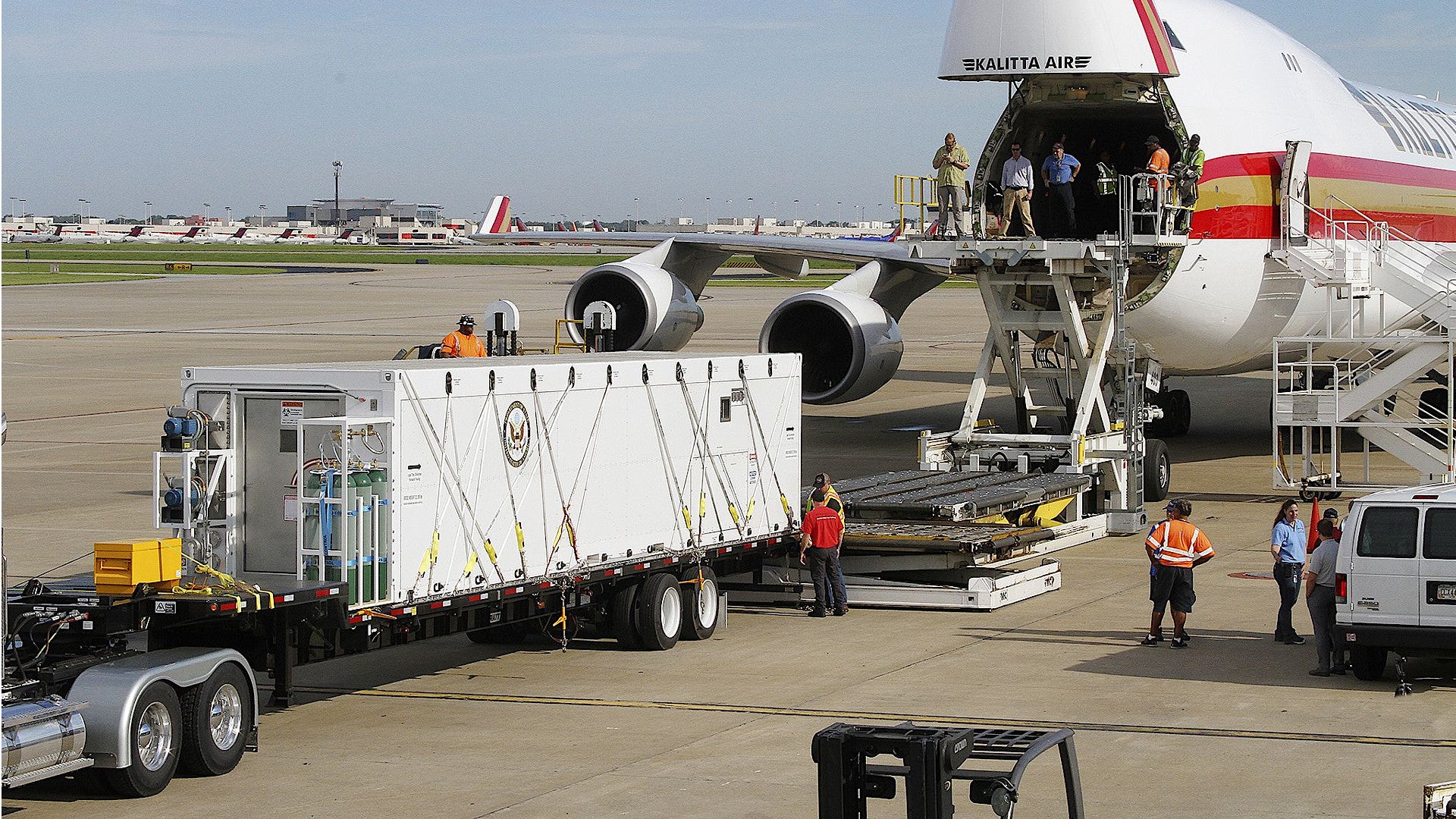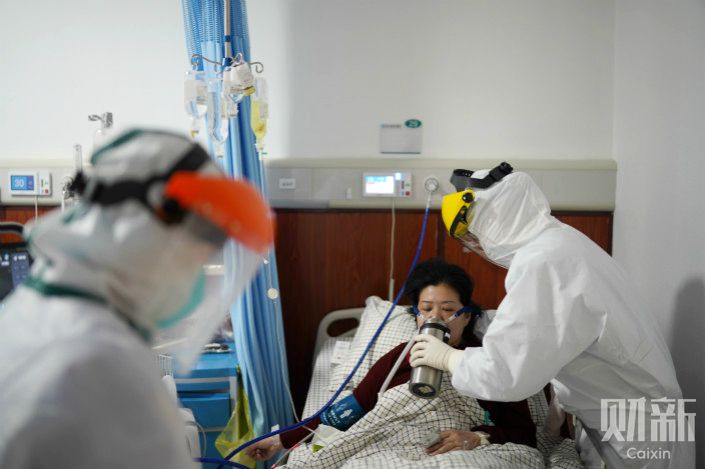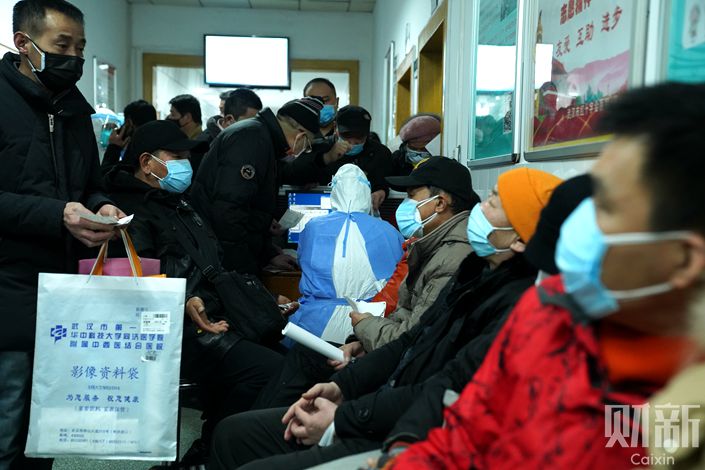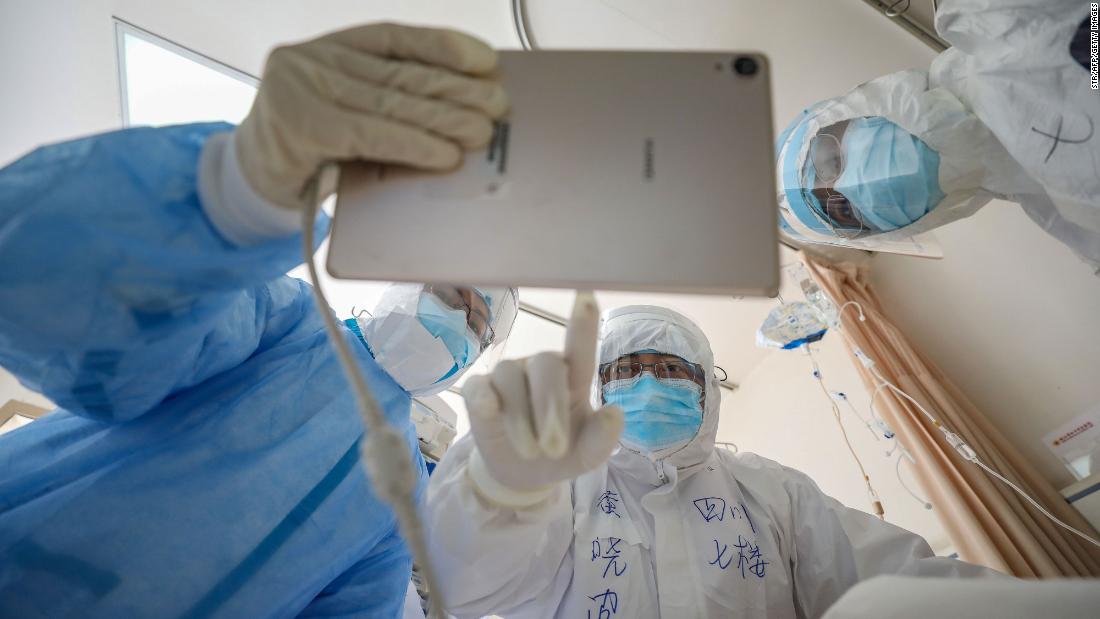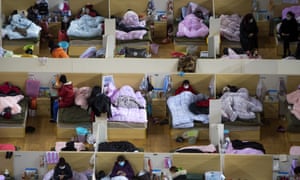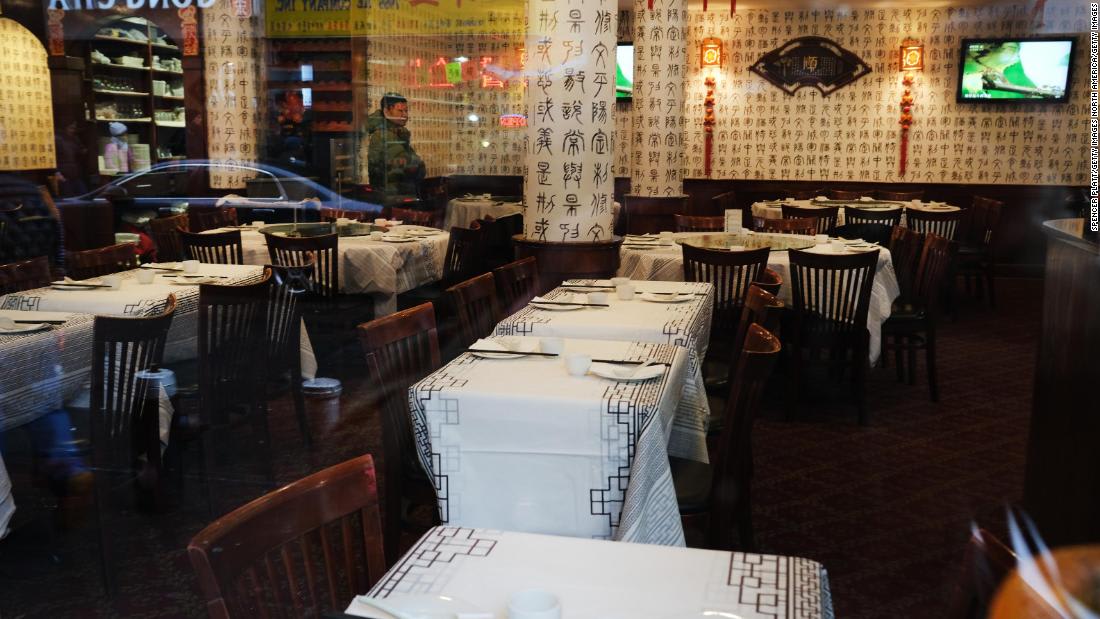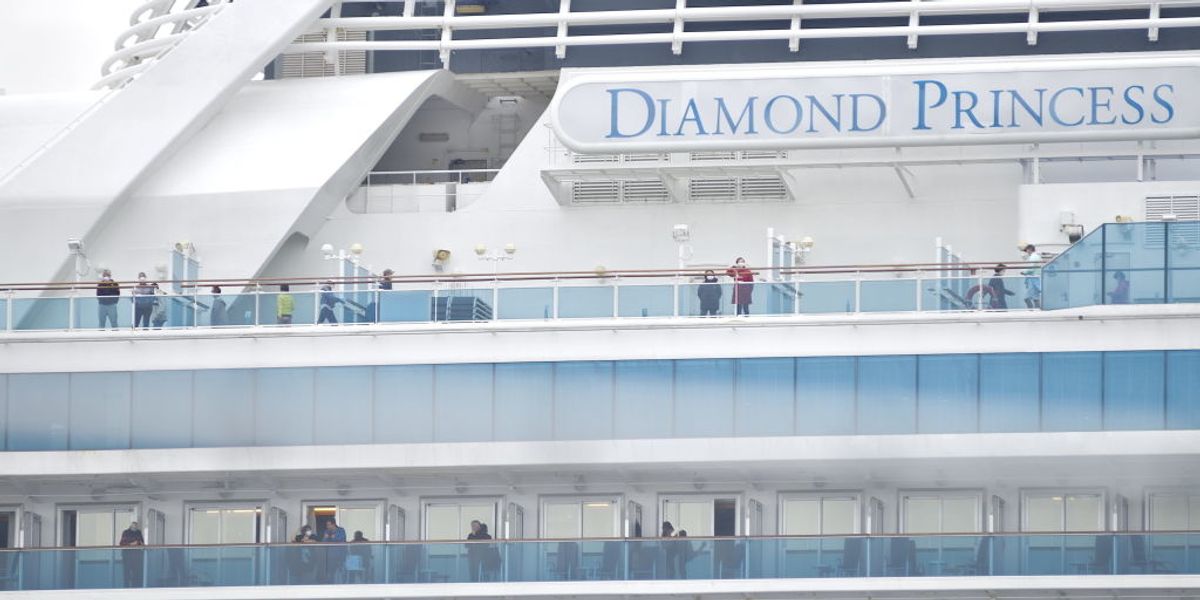 747s Carrying Americans Exposed To Coronavirus Used New Quarantine Box For Infected Flyers
Late Microsoft co-founder Paul Allen helped develop the modular system for use in worst-case scenarios after the 2014 West Africa Ebola outbreak.
By Joseph Trevithick
747s Carrying Americans Exposed To Coronavirus Used New Quarantine Box For Infected Flyers
Late Microsoft co-founder Paul Allen helped develop the modular system for use in worst-case scenarios after the 2014 West Africa Ebola outbreak.
By Joseph TrevithickFebruary 17, 2020
Phoenix Air
A pair of Kalitta Air 747-400ERF freighters carrying hundreds of U.S. citizens home from Japan after weeks of being quarantined on-board the cruise ship
Diamond Princess, where 454 passengers contracted the
COVID-19 novel coronavirus, have arrived at two American military bases. Pictures from the operation show that at least one of the aircraft was carrying a specialized shipping container-sized bio-containment system to isolate individuals diagnosed with the virus from non-infected passengers and crew. The late
Microsoft co-founder Paul Allen helped develop this system after the 2014 Ebola outbreak in West Africa.
The two aircraft
left Tokyo's Haneda Airport at 7:05 AM local time on Feb. 17, 2020. Due to crossing the International Date Line, the first of these planes
touched down at Travis Air Force Base in California at just shy of 11:30 PM local time on Feb. 16. The second 747
arrived at Joint Base San Antonio-Lackland in Texas at 3:56 AM local time on Feb. 17.
"During the evacuation process, after passengers had disembarked the ship and initiated transport to the airport, U.S. officials received notice that 14 passengers, who had been tested 2-3 days earlier, had tested positive for COVID-19," the U.S. State Department, which had chartered the flights,
said in a statement on Feb. 17, 2020, using the formal name for the new coronavirus. "These individuals were moved in the most expeditious and safe manner to a specialized containment area on the evacuation aircraft to isolate them in accordance with standard protocols."
The press release did not offer any details about this "specialized containment area," but pictures from the evacuation show a Containerized Bio-Containment System (CBCS) installed on one of the aircraft. The
747-400ERFs are not configured to carry passengers by default and those that had not tested positive for the new coronavirus traveled in palletized seating installed on the planes' cargo floors.

Andy Netherwood @AndyNetherwood
Photos of the flights evacuating US citizens from the quarantined Diamond Princess. Kalitta Air 747 freighters with palletised seating, divided into compartments. USAF bases (Lackland & Travis) being used as reception airfields.


 159
1:27 AM - Feb 17, 2020
159
1:27 AM - Feb 17, 2020
The CBCS is 44 feet long and eight feet tall, making it roughly the same size as an ISO shipping container. It is "a first-of-its-kind, flyable medical transport unit with full biocontainment,"
MRIGlobal, which helped design the system, says on its website.
"The units feature three rooms: a patient treatment area for four patients and four caregivers; an ante room to safely don and doff personal protective equipment; and a rest area for two caregivers,"
MRIGobal's page continues. "Pilots can cargo the CBCS in both private and military aircraft, confident that the biocontainment is safe and effective. CBCS units can be moved by truck, too, ready for use. The CBCS is designed to survive crash loads and rapid decompression per DOD Safe-to-Fly standards, and the entire system can be rapidly de-contaminated and put right back into service."
MRI Global
A 3D rendering showing the layout of the CBCS.
Phoenix Air
A view from inside the CBCS during a training exercise.
USAF
Another interior view.
The development of the system began in 2014 with a $5 million public-private partnership grant from the State Department to the Paul G. Allen Family Foundation. At the time,
Paul Allen, a Microsoft co-founder who passed away in 2018 due to cancer, had expressed an interest to the U.S. government in using some of
his considerable wealth in helping to combat the Ebola virus. In December 2013,
an Ebola outbreak in West Africa turned into a major regional crisis. This, in turn, prompted the United States to deploy considerable resources, including a U.S. military task force, to safeguard American citizens and help contain the epidemic.
That outbreak demonstrated the value of a smaller system, known as the Aeromedical Biological Containment System (ABCS). The U.S. Centers for Disease Control and Prevention (CDC), together with the U.S. military and air services contractor Phoenix Air, had developed the ABCS between 2007 and 2010 in response to a number of serious disease outbreaks, including multi-drug-resistant tuberculosis, severe acute respiratory syndrome (SARS), and avian influenza, or "bird flu."
The ABCS, which was designed to fit inside Phoenix's Gulfstream III business jet aircraft, consists of a tent-like isolator unit that is entirely sealed to prevent airborne pathogens from escaping. You can read much more about the development of ABCS and Phoenix Air's specially outfitted Gulfstreams
here.
Between 2014 and 2015, Phoenix Air's ABCS-equipped Gulfstream IIIs successfully brought 41 Ebola-infected patients to hospitals in the United States and Europe. So, when Paul Allen had offered to help, the State Department asked if he would be willing to help fund work on a larger, more capable containment system that could be employed in response to any future epidemic.
The Paul Allen Foundation, together with MRIGlobal and Phoenix Air, set to work and the first examples of the new Containerized Bio-Containment Systems (CBCS) were ready for testing in 2016. MRIGlobal says that it took just 191 days in total, after the requirements were solidified, to design and build the two CBCS.
The CBCS requires a much larger aircraft than the Gulfstream III to carry it. Kalitta's 747s are one option, but the State Department has also worked with
the U.S. Air Force to certify its
C-17A Globemaster III airlifters to carry them, if necessary.
USAF
A US Air Force C-17A Globemaster III airlifter with the CBCS installed.
USAF
USAF
Phoenix Air is the primary contractor responsible for sustaining the CBCS. At least as of 2018, the company stood on-call
to transport the containers by truck to Hartsfield-Jackson Atlanta International Airport, where personnel would load them onto an aircraft, such as one of Kalitta's 747s. Hartsfield-Jackson is situated some 40 miles southeast of Cartersville Airport, where Phoenix Air is headquartered, but it is too small to readily accommodate commercial aircraft large enough to carry the containerized system.
"Training exercises are conducted several times annually, flying multiple aircraft to Africa, to maintain the high level of skills required to perform these missions,"
according to Phoenix Air. "The Contagious Disease program is operated under a multi-year contract with the U.S. Department of State (DOS)."
US Department of State
A low-quality image the US State Department released in 2016 of a Kalitta Air 747 carrying an CBCS in Monrovia, Liberia, during an Exercise called Tranquil Surge.
It's not immediately clear if the State Department has access to more than two of these systems now. With each one only able to hold four patients, one or two of them would not have been enough to isolate all 14 of the U.S. citizens on the flights out of Japan who had tested positive for COVID-19. The CBCS may have simply been installed to provide an area to safely transport anyone who began experiencing especially severe symptoms in flight. The pictures from on-board the 747s show that the crew was wearing protective suits and it seems almost certain that other precautions were taken to prevent the spread of the virus.
"Passengers that develop symptoms in flight and those with positive test results will remain isolated on the flights and will be transported to an appropriate location for continued isolation and care," the State Department had
said in its statement. "Upon landing in the United States, passengers will deplane at either Travis AFB or Joint Base San Antonio and will remain under quarantine for 14 days."
A total of
around 340 Americans left Japan on both flights. Around 400 Americans
had been on-board Diamond Cruises'
Diamond Princess when it arrived in Yokohama harbor some two weeks ago. Japanese authorities placed the ship under quarantine after learning that a passenger who had disembarked in Hong Kong had tested positive for COVID-19. At least 46 U.S. citizens on the ship have already contracted the coronavirus since then.
At the time of writing, the CDC says that there are 15 confirmed cases of COVID-19 in the United States, not including those from the
Diamond Princess, and that 60 additional individuals are being evaluated for possible infection with the virus. There have been no deaths confirmed to be linked to this new coronavirus in the United States to date.
As of Feb. 16, 2020, the United Nations' World Health Organization
reported that there were nearly 51,900 confirmed COVID-19 cases worldwide and 683 fatalities. The vast majority of these cases and deaths have occurred inside China, where the virus first appeared in December 2019. There have only been three deaths outside of China, one in the Philippines, one in Japan, and one in France. Though COVID-19's spread outside of China has been significantly slower than inside that country, it has now appeared in 25 other nations around the world.
WHO
The U.S. State Department already helped diplomatic staff and other U.S. citizens
evacuate China on chartered flights, including on Kalitta's 747s, but it is unclear if the containerized containment system was employed or otherwise available on any of those earlier flights.
If there is a need to help Americans leave other countries where the virus becomes a major concern, it is certainly possible that the State Department will charter additional flights, some of which may be carrying the highly specialized Containerized Bio-Containment System in case there is a need to isolate infected passengers.
Contact the author: joe@thedrive.com
===
.
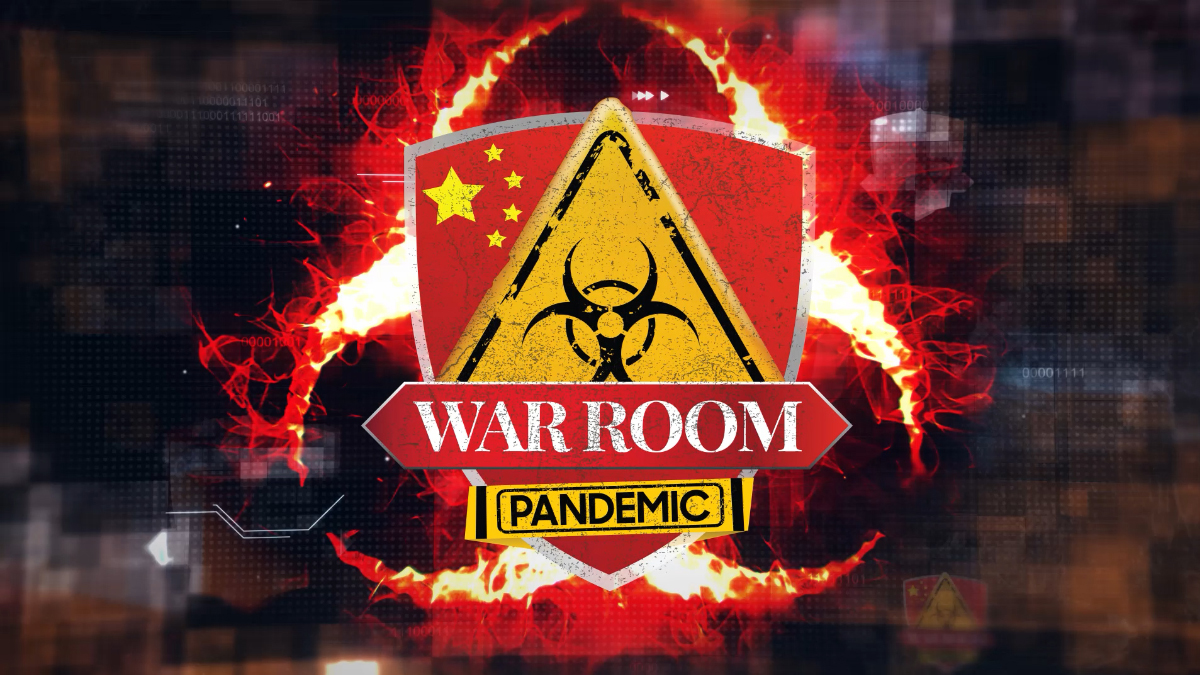
 warroom.org
warroom.org

 warroom.org
warroom.org
















